44 cleaning chemical labels should contain
Chemistry Behind Cleaning - How Do Household Cleaners Work? Here are the average pH levels of common chemical cleaning products 1-3 pH - Toilet Cleaner 7-8 pH - Mild Dish Soap 11-13 pH - Chlorine Bleach - Oven Cleaner - Tile/Tub Cleaner - Ammonia acid 3 pH - Vinegar - Lemon Juice NEUTRAL Cleaning products that fall outside of the neutral range must be handled carefully base 8-10 pH - Borax -baking soda Identifying Greener Cleaning Products | US EPA To make it easier for purchasers to identify greener cleaning products, EPA manages the Safer Choice program, which certifies products that contain safer ingredients for human health and the environment. In addition to the Safer Choice label, EPA offers the Design for the Environment (DfE) label on antimicrobial products, such as disinfectants ...
Cleaning Chemical Safety Information Workers should also obey the following basic rules for cleaning chemical safety: Don't mix cleaning chemicals unless instructed to do so. Some chemicals, like bleach and ammonia, can cause serious damage to the lungs and in some cases result in death when mixed. Don't wash your hands with cleaning chemicals.
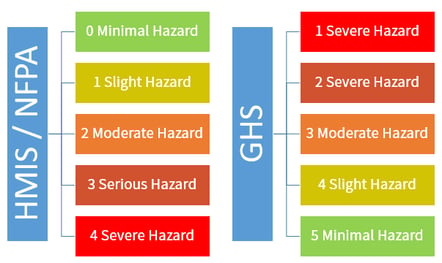
Cleaning chemical labels should contain
Chemical Container Labels | EHS - University of Washington The label on an original chemical container must be legible and written in English. It must include the chemical/product name as shown on the SDS and the manufacturer's name and address. Do not accept materials if the label is illegible or missing required information. (See example of original label below). Secondary Containers | Environmental Health, Safety and Emergency ... QUAT-X 700 GERMICIDE SPRAY Diluted to 0.5 oz Quat per gal water [or whatever dilution rate you use] KEEP OUT OF REACH OF CHILDREN EYE HAZARD - Do Not Spray in Eyes. SKIN HAZARD - Avoid Prolonged Skin Contact. DO NOT DRINK Contains: Didecylwhatever ammoniumchloride [no need to list the percents] Butylnoodle quaternary ammonium stuffate FAQs: Toxic Chemicals in Cleaning Products - Toxic-Free Future The most hazardous cleaning products are corrosive drain cleaners, oven cleaners, and toilet bowl cleaners. These products can cause skin or eye burns and potentially cause permanent eye damage. They can be identified by the signal word Danger on the label and the word "corrosive.".
Cleaning chemical labels should contain. OSHA requirements for cleaning chemicals. | Occupational Safety and ... OSHA requirements for cleaning chemicals. Standard Number: 1910.1200 OSHA requirements are set by statute, standards and regulations. Our interpretation letters explain these requirements and how they apply to particular circumstances, but they cannot create additional employer obligations. Labelling and packaging Labels are there to help help identify hazardous chemicals, and explain what the hazards are and how to avoid them. Packaging is also important to ensure ... Hazard Communication Standard Labels - OSHA SAMPLE LABEL. OSHA has updated the requirements for labeling of hazardous chemicals under its Hazard Communication. Standard (HCS). All labels are required ... A List of Chemicals I Try to Avoid in Cleaning Products Reading labels is the best way to avoid spraying toxic chemicals around your home. It is also an easy way to spot greenwashing from brands calling themselves natural, plant-based or eco-friendly. ... Despite being labelled as a single word, fragrances can contain up to 200 chemicals. Even if cleaning products, perfume is classed as a trade ...
Why Chemical Labels Are So Important -- CS Labels | PRLog Chemical labels are very important labels and CS Labels is noted for being very reliable label printer for chemical labels in the UK. Oct. 12, 2011 - PRLog -- Chemicals are used in gardens, in laboratories, industrial plants and many similar heavy duty applications. Chemicals do have very hazardous component with dangerous elements which must ... Cleaning | Disinfection & Sterilization Guidelines | Guidelines Library ... Cleaning is the removal of foreign material (e.g., soil, and organic material) from objects and is normally accomplished using water with detergents or enzymatic products. Thorough cleaning is required before high-level disinfection and sterilization because inorganic and organic materials that remain on the surfaces of instruments interfere ... Cleaning Supplies: Secret Ingredients, Hidden Hazards This bill would require that makers of household and professional cleaning supplies disclose the ingredients on the label as well as on the web. It would also require disclosure of product contaminants and individual ingredients in fragrance mixtures. The result would empower consumers as never before. Many ingredients are not disclosed to workers How to Read a Cleaning Product Label - The Spruce Most cleaning products add a caution section to their label. It's often in large print and in bold. Most caution warnings will say if the product is an eye irritant, a skin irritant, harmful if swallowed, has contents under pressure, or needs to be used in a well-ventilated area.
What are the Requirements for Cleaning Product Labels in the ... 24 Aug 2020 — What your cleaning product must display · Ingredients– Customers will want the know what ingredients are being used in their cleaning products. How to Properly Contain Chemicals - Cleaning & Maintenance Management For cleaning industry professionals, this may include any of the following: Cleaning products, such as floor care products, ammonia-based cleaners, kitchen and bathroom cleaners, etc. Flammables/solvents ; Pesticides, poisons, and other garden chemicals ; Aerosols (e.g. air fresheners, air dusters, paints, glue, etc.) Some toiletries Labelling and packaging - Chemical classification - HSE Labelling and packaging Labels are there to help identify hazardous chemicals and explain what the hazards are and how to avoid them. Packaging is also important to ensure that chemicals are stored... PDF Chemical Labeling Guidelines - UGA use of the chemical (e.g. only use in a hood) 5.1.3 Affix the chemical label to the chemical container. 5.1.4 Complete a blank NFPA safety diamond label with the following information by completing with the appropriate identifying symbols. Refer to the chemical's SDS for this information.
Cleaning Chemical List - 14 Agents Used in Housekeeping List of Common Chemicals Used in Most Cleaning Products When it comes to making products specifically meant for cleaning, the following chemicals are used. Some tackle odors, while some only remove dirt. Acetic Acid (also known as vinegar) Ammonia Sodium bicarbonate Carbon (iv)oxide Amyl nitrite Chromic acid Sodium perborate Tetrachloroethylene
Cleaning Supplies and Household Chemicals - American Lung Association Cleaning is essential to protecting our health in our homes, schools and workplaces. However, household and cleaning products—including soaps, polishes and grooming supplies—often include harmful chemicals. Even products advertised as "green" or "natural" may contain ingredients that can cause health problems.
Product Chemical Hazard Labels Explained - VIP Clean Most household cleaning labels will contain at least one of the pictograms explained above, because many products were made before the new legislation took effect. Children should work with chemicals (including household cleaning products) in a well ventilated area and always under the direct supervision of an adult.
Guide to labelling of chemical products, including small ... The part of the label that is affixed to the container should contain at least the following label elements: pictograms; the product identifier (but it is not ...
PDF Protect Yourself: Cleaning Chemicals and Your Health Sufficient ventilation (airflow) when using cleaning chemicals. Protective clothing, gloves, and safety goggles, when needed. Labels on containers of cleaning chemicals. Training on the hazards of cleaning chemicals you are using and safe work practices. Your employer must train you to: Know the hazards of cleaning chemicals BEFORE using them.
FAQs: Toxic Chemicals in Cleaning Products - Toxic-Free Future The most hazardous cleaning products are corrosive drain cleaners, oven cleaners, and toilet bowl cleaners. These products can cause skin or eye burns and potentially cause permanent eye damage. They can be identified by the signal word Danger on the label and the word "corrosive.".
Secondary Containers | Environmental Health, Safety and Emergency ... QUAT-X 700 GERMICIDE SPRAY Diluted to 0.5 oz Quat per gal water [or whatever dilution rate you use] KEEP OUT OF REACH OF CHILDREN EYE HAZARD - Do Not Spray in Eyes. SKIN HAZARD - Avoid Prolonged Skin Contact. DO NOT DRINK Contains: Didecylwhatever ammoniumchloride [no need to list the percents] Butylnoodle quaternary ammonium stuffate
Chemical Container Labels | EHS - University of Washington The label on an original chemical container must be legible and written in English. It must include the chemical/product name as shown on the SDS and the manufacturer's name and address. Do not accept materials if the label is illegible or missing required information. (See example of original label below).



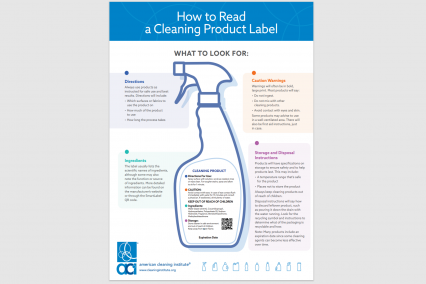
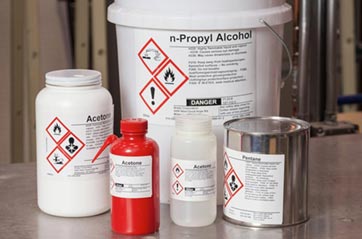

/girl-pulling-out-wet-wipe-1213919254-e3fba593c2de4683b49a936cf41d6315.jpg)
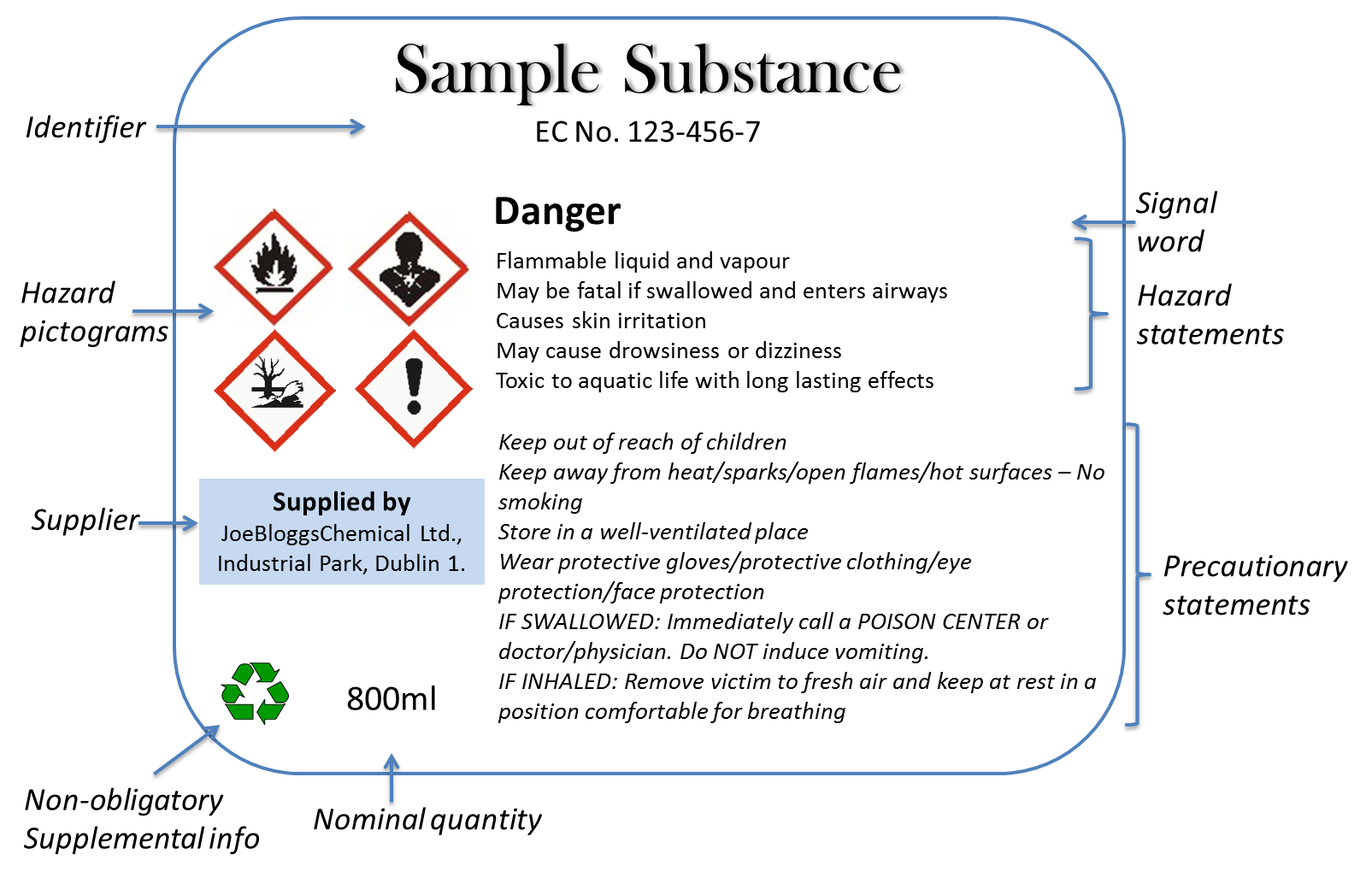









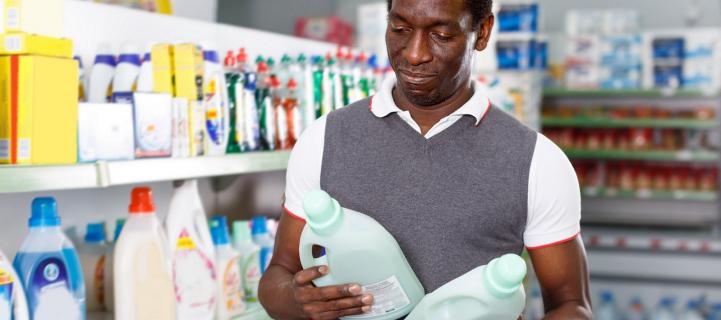



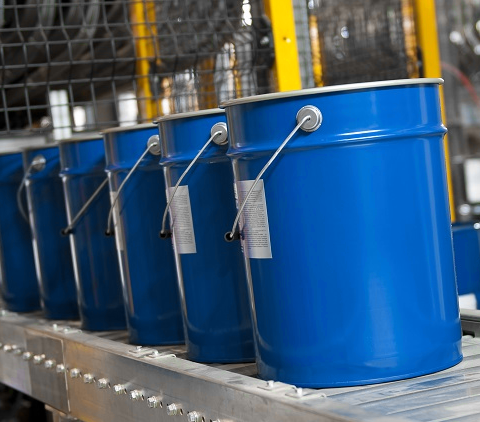


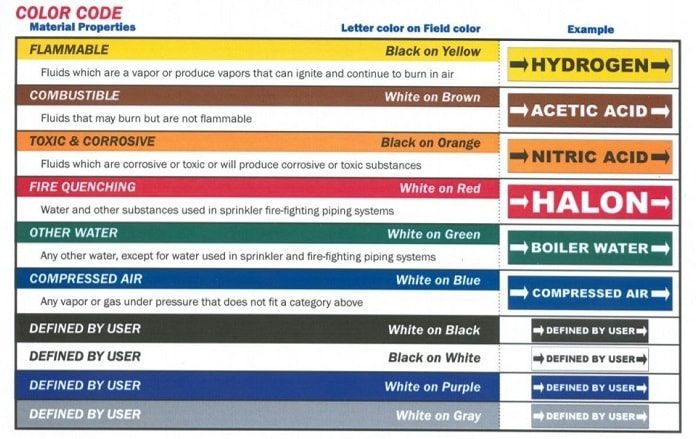



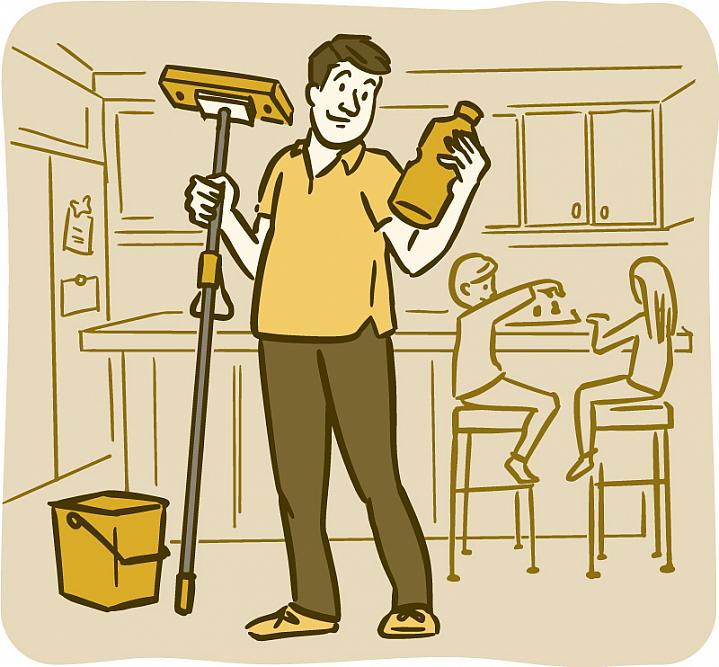

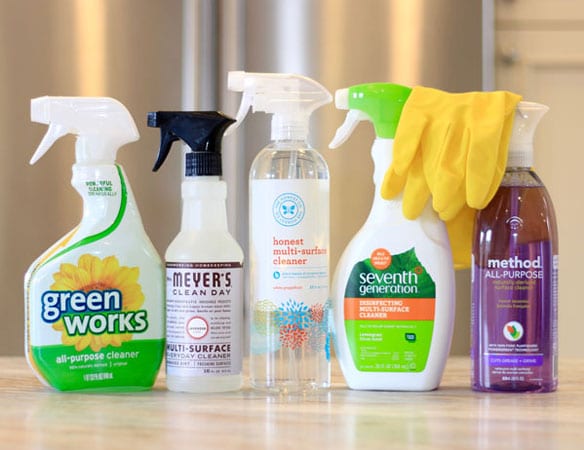

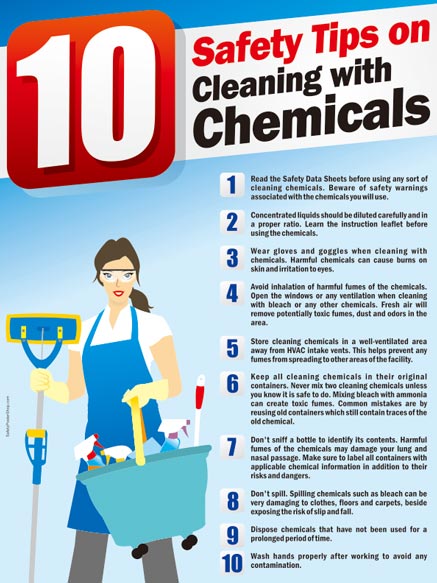

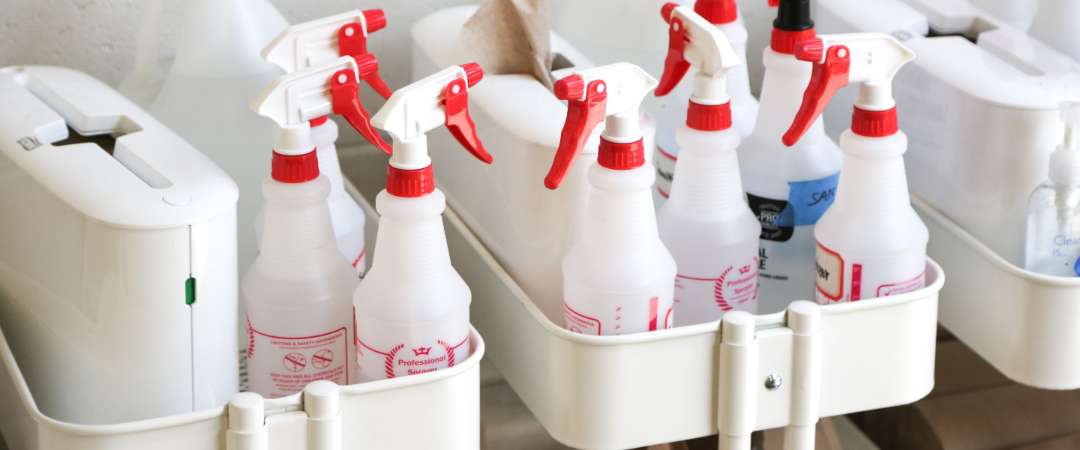
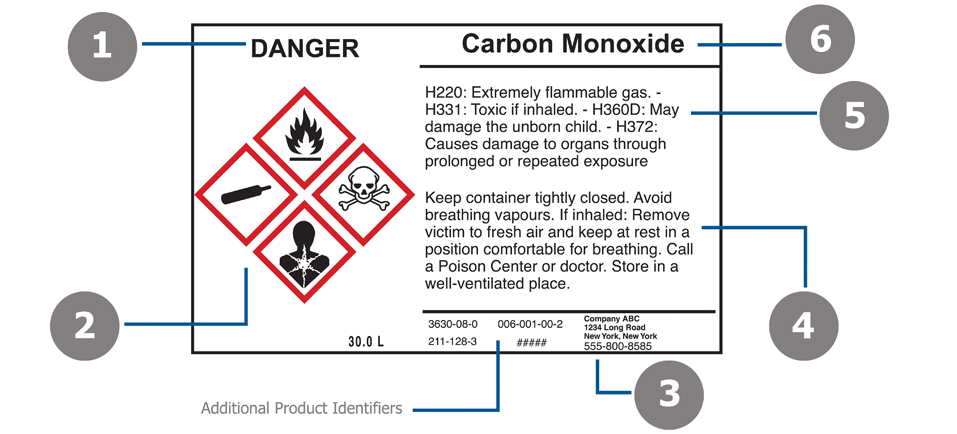


Post a Comment for "44 cleaning chemical labels should contain"